The Beati Paoli: the mysterious brotherhood that for centuries operated in the shadows of Palermo's underground passages.

There are several streets and shops in Palermo that bear the name of this mysterious sect, but who were the Beati Paoli? Did they really exist or is it just a legend? We can't give you a definitive answer, but we'll tell you what is known about this secret sect, which is still making waves after five centuries!
The history of the Beati Paoli
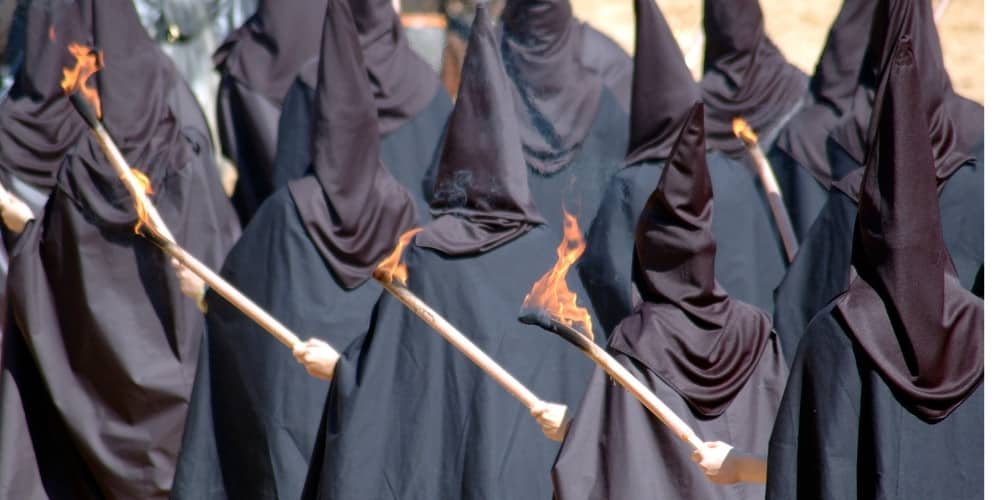
The first written evidence of the existence of the sect appears in the early 18th century. From these, one of the most credible suppositions is that the historical origins of the Beati Paoli lie in another secret association, the Vendicosi, active as early as the 12th century and composed of citizens from a lower social class who carried out justice, to defend the people of Palermo from the abuses of the nobility. As for the etymological origins, there are various hypotheses, but the most famous would have it that the name of the sect derives from devotion to St Francis of Paola and the fact that the Beati Paoli used to wander around the city and churches of Palermo, dressed in a monk's habit. At night, however, these men went around with their faces covered by a black hood. One of the most reliable sources, thanks to which we now know more about the Beati Paoli, is in the writings of the Marquis of Villabianca, who recorded the tales of oral tradition, handed down to him as a child, in his 'Opuscoli Palermitani'.
The three Beati Paoli
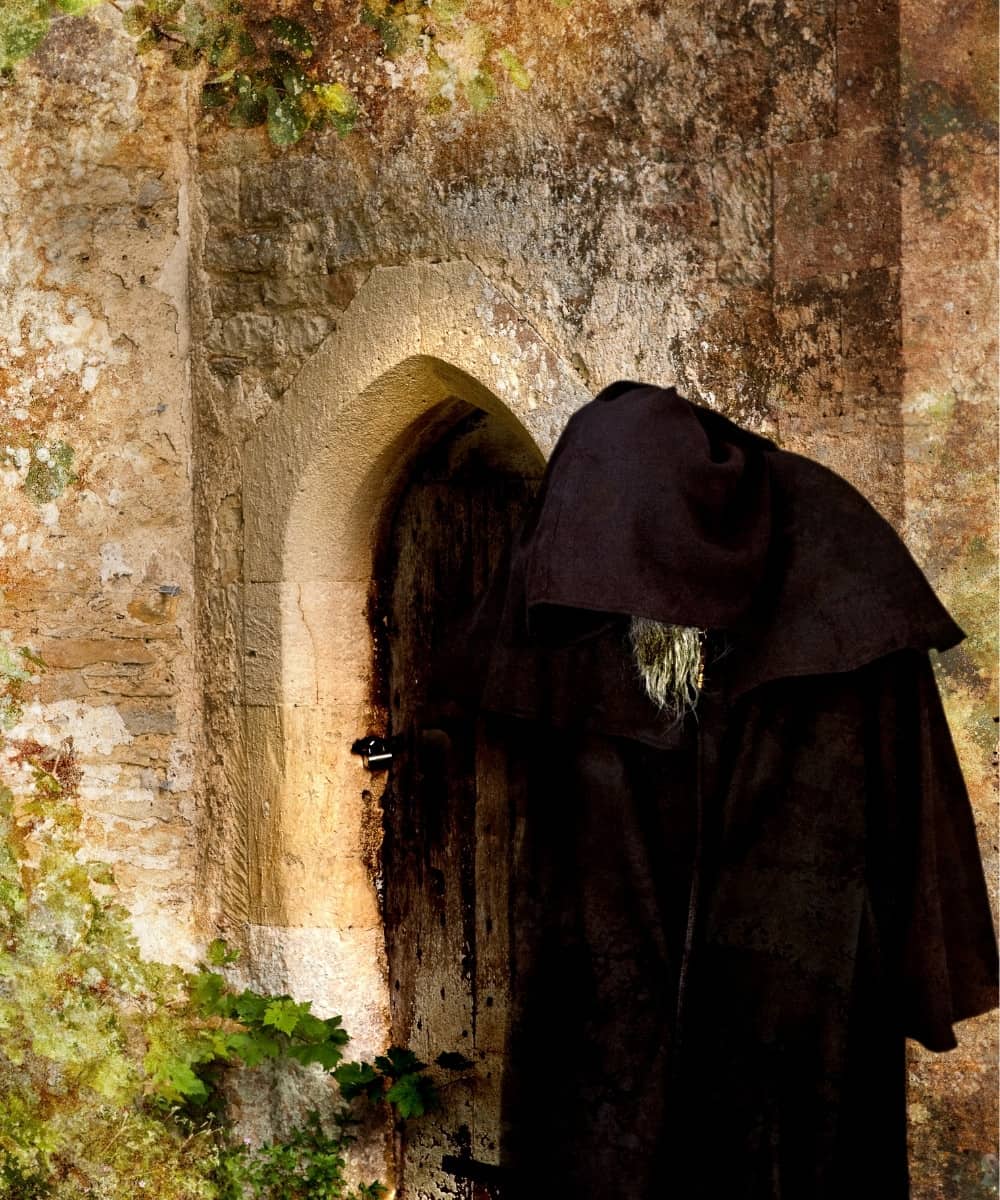
The Marquis was the first to name at least three supposed Beati Paoli and to place the sect's work historically between the beginning of the 17th and the end of the 18th century. Villabianca describes it as the sect of the wicked, dispensing summary justice to the detriment of the powerful, who legitimized crimes and atrocious torture against the latter to protect the public good.
All that is known of the first man, Giuseppe Amatore, is that he was a rifle-maker, known as 'u Russu', and that he was hanged in Palermo on 17 December 1704, aged 27. The second mysterious man, Girolamo Ammirata, was an accountant by profession and was hanged on the Carmine floor in 1723 for having killed a man with a shotgun blast.
Villabianca says that as a child, he had the opportunity to meet the third man of the sect. He was a famous driver of horse-drawn carriages in Palermo, Vito Vituzzu. This man escaped death and, once the sect was dissolved, became the sacristan of the church of San Matteo al Cassaro.
The hidden places of the Beati Paoli
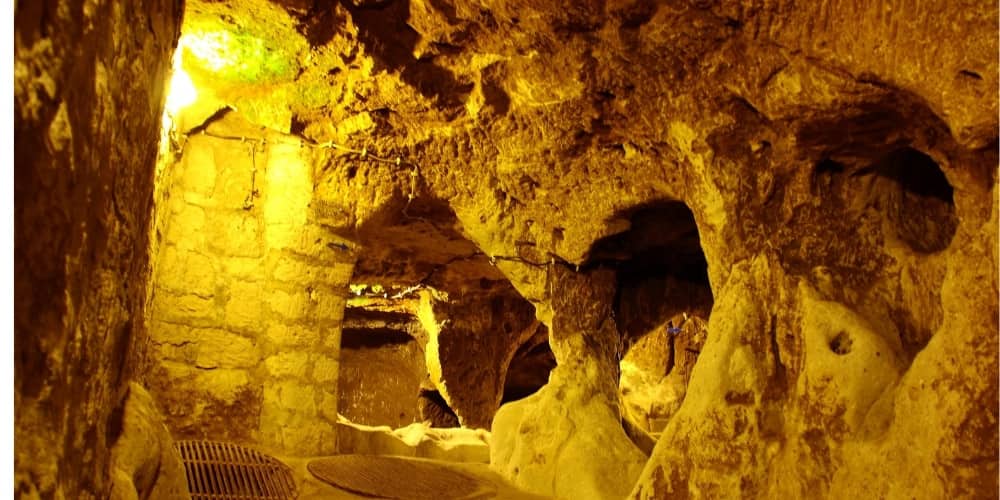
According to the Marquis of Villabianca, the Beati Paoli used to meet in the city's underground alleys after midnight, by candlelight and hooded in black. This meeting place was a tribunal where sect members decided on the life or death of their rivals. The network of underground streets and caves where the Beati Paoli met belonged to an ancient Punic necropolis, thought to be located under the Capo market in Palermo.

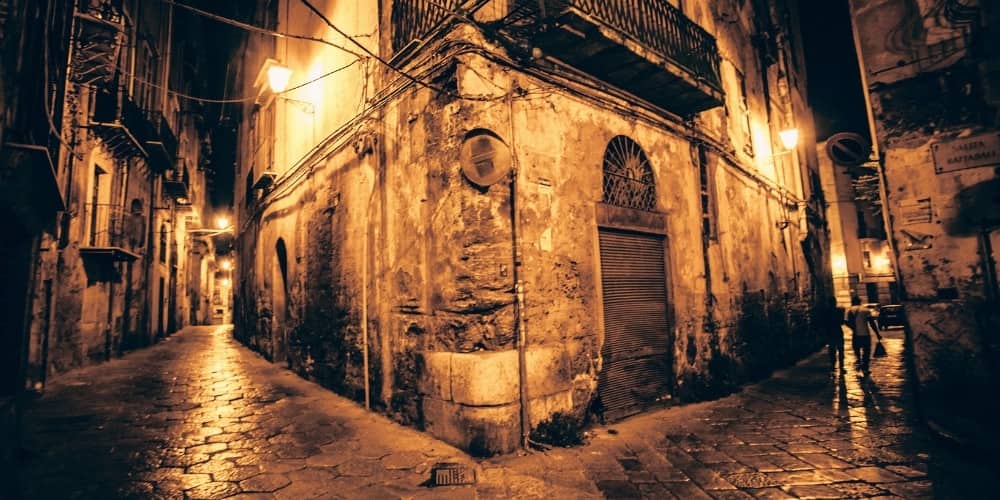
This network of tunnels was located between the Church of Santa Maria di Gesù (known as the Church of Santa Maruzza dei Canceddi) and the Grotto of Vicolo degli Orfani. Santa Maruzza, located in today's Piazza dei Beati Paoli, has an underground crypt that is thought to have been an alternative entrance to the sect's court. Inside the crypt, a secret passage led to the tribunal. The original entrance was from Palazzo Baldi-Blandano, nowadays located in Via Beati Paoli, where a yellow plaque on the wall reads "Antient seat of Beati Paoli". Today, the presumed meeting place is accessed through a small door that opens into Vicolo degli Orfani, a small street behind the church.
Beati Paoli and Mafia: legend or reality?
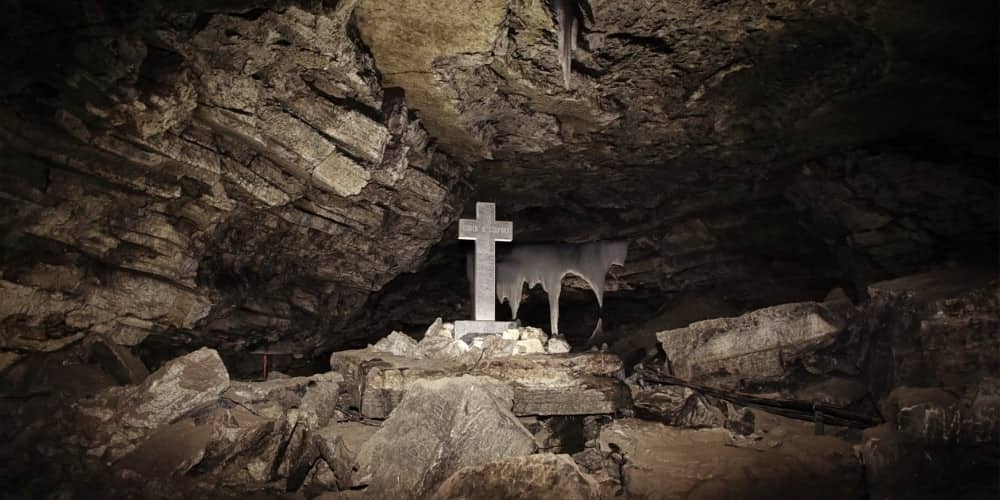
The aims and how the sect operated led to the theory of a link between the Mafia and the Beati Paoli in the early 1900s. In particular, when the New York police lieutenant Giuseppe Petrosino, an enemy of Italian criminality transplanted to the United States, was assassinated in Palermo's Piazza Marina on 12 March 1909, the investigation revealed that the Mafia, making the myth of the Beati Paoli its own, had begun to hold secret meetings in the same basement as the sect.
Seventy years later Tommaso Buscetta, a well-known Mafia boss, stated: "The Mafia [...] comes from the past. Before there was the Beati Paoli [...]: we have the same oath, the same duties". Totuccio Contorno, another boss, called himself "Coriolano della Floresta", like the protagonist of Luigi Natoli's well-known novel "I Beati Paoli". In fact, however, according to historians, the connection between the two phenomena has never been proven. In fact, the Palermo scholar Rosario La Duca affirms: "The Mafia has an agrarian origin connected to the disintegration of the feudal structure of the island, which occurred at the beginning of the 19th century when the sect of the Beati Paoli had long since disappeared".
The unsolved mystery of the Beati Paoli

So, did the Beati Paoli really exist or are they the result of legends that have been lost in time? To date, we do not have a definite answer because no reliable sources are attesting to the existence of the sect. However, given the notoriety of the brotherhood and the existing documentation on the subject, we cannot rule out the possibility that there is some truth behind the tales of its existence.
In addition to the Marquis of Villabianca, the famous writer Luigi Natoli also reported on the sect in 1909 in his serial novel "I Beati Paoli". The story was published in the Giornale di Sicilia in 239 episodes and became a common heritage of Sicilians, poor and bourgeois. Particularly for the inhabitants of the Capo, where the sect is thought to have gathered, the novel became almost a sacred text, read by all families. According to historian De Luca, 'In Sicily, I Beati Paoli is still the only book that many ordinary people have read in their lifetime'.
Legend or reality, the Beati Paoli has also entered the common language. Often in Palermo and the surrounding area, the saying 'pari nu Biatu Paulu', that is, '"you look like a Beato Paolo'", is used to say that a person is good only in appearance but dangerous in fact!


